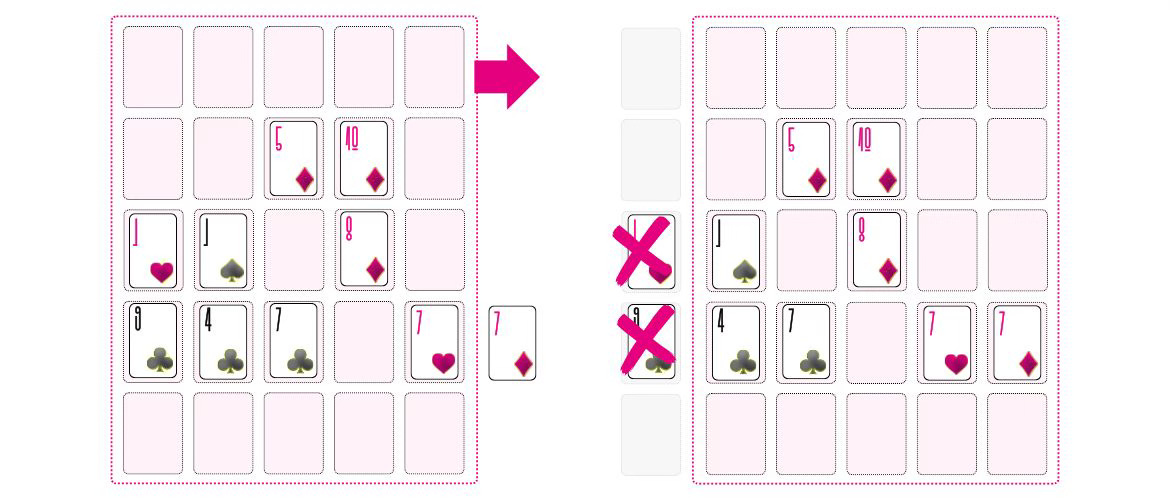From bullet time to montages
On pacing, patience, and poker hands
I love how tabletop RPGs play with time.
You know… stretching some parts into fine detail, fast-forwarding others entirely. A whole session might cover just a few minutes—or jump through weeks or months—just because we say so.
I’ve never seen this difference in pace as a bug of the medium. Granted, I was never really a fan of having fixed chunks of time—like six-second turns in combat and ten-minute turns for dungeon crawling. But what I’m talking about here is less about those time-measuring mechanisms and more about the narrative liberty to go from blow-by-blow combat one moment to a sweeping montage of a long journey the next.
I think the first time I truly appreciated how a game could zoom in and savor even a few seconds of narrative was when I read Dogs in the Vineyard. If I remember correctly, one of the examples tied to its raising-the-stakes mechanic is a duel—a single gunshot, really. A moment that, at first glance, wouldn’t seem to allow for multiple exchanges of dice rolling—or betting, which is exactly what the mechanic invites. But the game explains that you can focus your turn on something like a single bead of sweat rolling down your character’s face. Or—paraphrasing here—the whistle of the wind as you squint, eyes locked on your enemy across the way. That idea stuck with me.

Soloing and Pacing
Recently—and by recently I mean the last five years, which… well, not that recent, but you get me—I’ve been diving into solo RPGs, both as a player and as a designer. And I’ve started to appreciate even more the ability to zoom in on the parts of the story I’m really interested in, spending as much time there as I want, while skimming over other aspects I’m not particularly engaged with at that moment.
When I talk about this, the line between fictional time and game pacing starts to blur a little. But honestly, I think they go hand in hand. As a solo player, you have the authority to stretch your time—and the story’s time—over moments that would normally be considered trivial in a group game. And on the flip side, you can speed up parts that are traditionally played in fine detail, like combat, and just resolve them in a kind of blur—if that’s not the focus of your game or just not the vibe you’re in during that session.
And I think that’s beautiful. I think designers have been recognizing the potential of solo experiences to really narrow down the scope of their games—and to give players the ability to enjoy those dilations of time. Or, in the other direction, time-skipping. Different framings of play.
So, on one hand, we might have a game where each round represents an entire season of the year, told through a couple of drawn cards. And on the other hand, we have entire games dedicated to a single moment—just a few minutes pulled from a larger story we never actually see, only infer through context.
My time playing with time
As it goes, I’ve been wanting to play with that myself too. In fact, the very first game I published on itch.io, Adrift, has you narrate the final moments of an astronaut—an astronaut who knows their oxygen is running out, and who only has a few moments left to make peace with that fact.
Later I published I Guess This Is It, my two-player game where two people narrate their final conversation before their last goodbye. (You can read more about this one in this other post)
Well, it seems I’ve really enjoyed this concept—because my newest release is also about zooming in on a specific, short, and intense moment. Though this time, it’s not quite as tragic as the previous two titles I mentioned.
The calm before the Storm
This time, we’re focused on a stealth mission—a heist, an infiltration, or an assassination. You’re already there, perched in the shadows, waiting for the moment to strike. The job is just minutes away, but your mind is racing, your senses heightened. Between now and the time to act, you feel, hear, see, and think a lot. You question your plan. You revisit regrets from your past. You try to get as ready as possible.
This is Before the Storm, a solo journaling RPG that has you explore your character’s state of mind, their environment, and their readiness—building fragments and flashes of a story that all lead to one final instant: the exact second before you make your move.
If you’ve played other solo journaling RPGs, the procedure will feel familiar. You draw cards from a standard deck, and each one gives you a prompt to explore something you sense, remember, question, or notice in the shadows.
Given the nature of these prompts, they could represent just seconds of in-world time—but you get to immerse yourself in this introspective exercise, diving deep into your character’s backstory, their motivations, what brought them to this exact moment, and how they’re standing in it—literally and figuratively.
You can really take your time getting to know this character. Especially because Before the Storm can be played as a standalone experience, or slotted into your ongoing campaign. You can use it right before a mission to delve deeper and reveal facets of your character you might not have known were there.
And that’s not all—because while you’re exploring your character’s inner world, you’re also trying to form a poker hand.
Poker hands and shaky hands
See, you’re playing a custom variation of poker solitaire alongside the narrative, aiming for the strongest hand possible with the cards you draw.
As you go, you place your cards onto the table, building a grid and aiming for the highest poker hand you can form in a straight line—horizontal, vertical, or diagonal.
Each new card has to be placed adjacent to the last, and your entire layout must fit within an imaginary 5x5 grid. If you place a card outside that space, the grid shifts—and you lose any cards left behind.
So as your story unfolds—and as your odds of making a strong hand improve or dwindle—the way you interpret the prompts starts to shift too. Your character might feel more confident or more anxious, mirroring your own feelings as you size up your hand and weigh the possibilities.
When you finally complete a line of five cards, the game ends. That line becomes your final poker hand, and its strength reflects your character’s emotional and mental state in the last moment before the action begins.
From there, you can leave the scene as a cliffhanger—or jump straight into your system of choice to play out the mission itself. And if you’re using Before the Storm as a plug-and-play tool, that final hand can even grant mechanical advantages or complications, depending on the system you’re using.
No turning back now
I’m really happy with how this one turned out. The core mechanic ended up being a surprisingly fun little poker puzzle card game on its own. But what I love most is how it has you not only take your time to reflect on the prompts—interpreting them through your character and their mission—but also make strategic choices about where to place each card on the grid. Watching your odds shift as you go reinforces the whole theme of the game: slowing down a very short, but incredibly intense moment right before an action scene.
If that sounds like your jam, the crowdfunding campaign just launched today! You can back it now to get the game at a discounted price. It’s 99% done, and you’ll get it no matter what happens with the funding goal.










